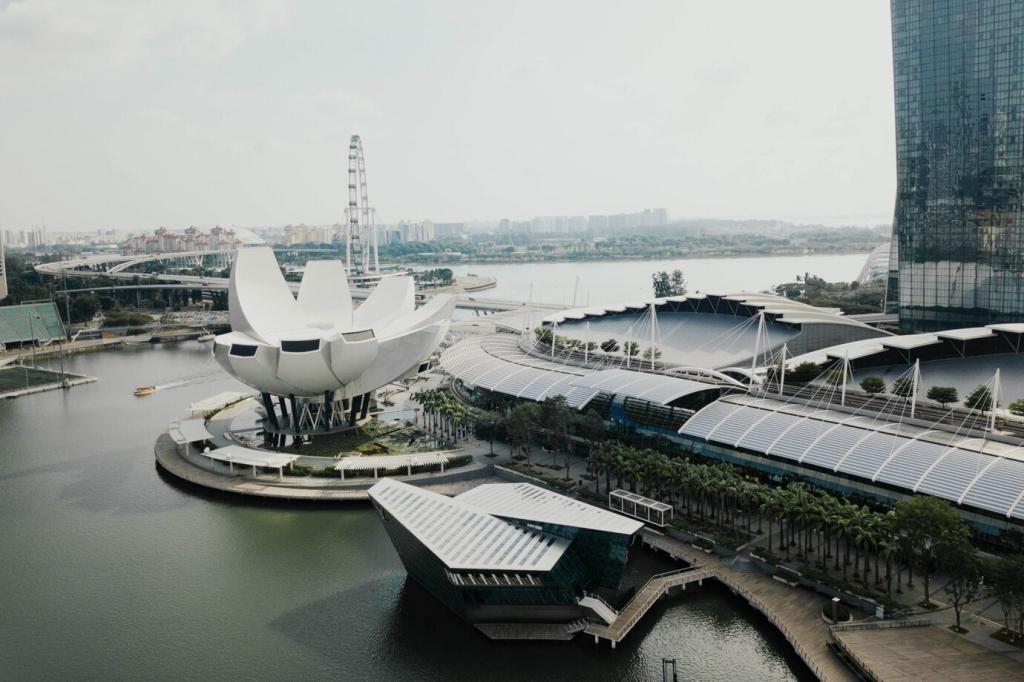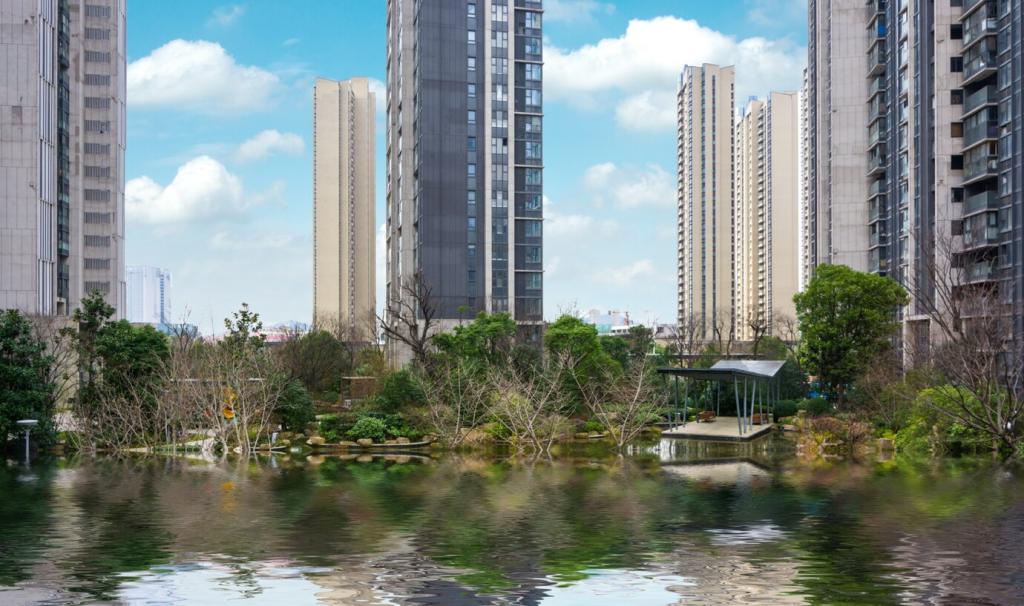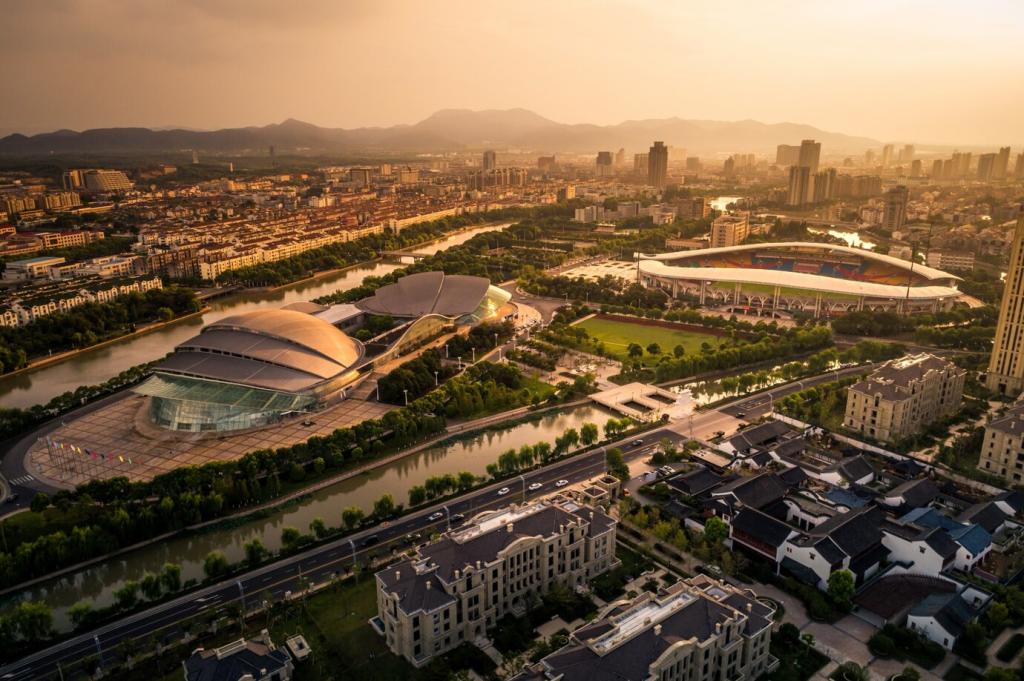This website uses cookies so that we can provide you with the best user experience possible. Cookie information is stored in your browser and performs functions such as recognising you when you return to our website and helping our team to understand which sections of the website you find most interesting and useful.

The Rise of Smart Eco-Friendly Urban Communities
The future of city living is undergoing dramatic transformation as smart eco-friendly urban communities take center stage. These visionary neighborhoods are designed to blend digital technologies with sustainable practices, making city life not only more convenient and connected but also resource-efficient and environmentally responsible. The growing emphasis on smart infrastructure and green initiatives is reshaping urban landscapes, paving the way for healthier, more resilient, and socially vibrant communities. By harnessing technology and putting ecological responsibility at the forefront, these pioneering urban environments promise a better quality of life for all residents while addressing the pressing challenges of urbanization and climate change.
Defining Smart Eco-Friendly Urban Communities
Innovation at the Intersection of Technology and Sustainability
Holistic Urban Planning and Green Infrastructure
Community Engagement and Social Inclusion



